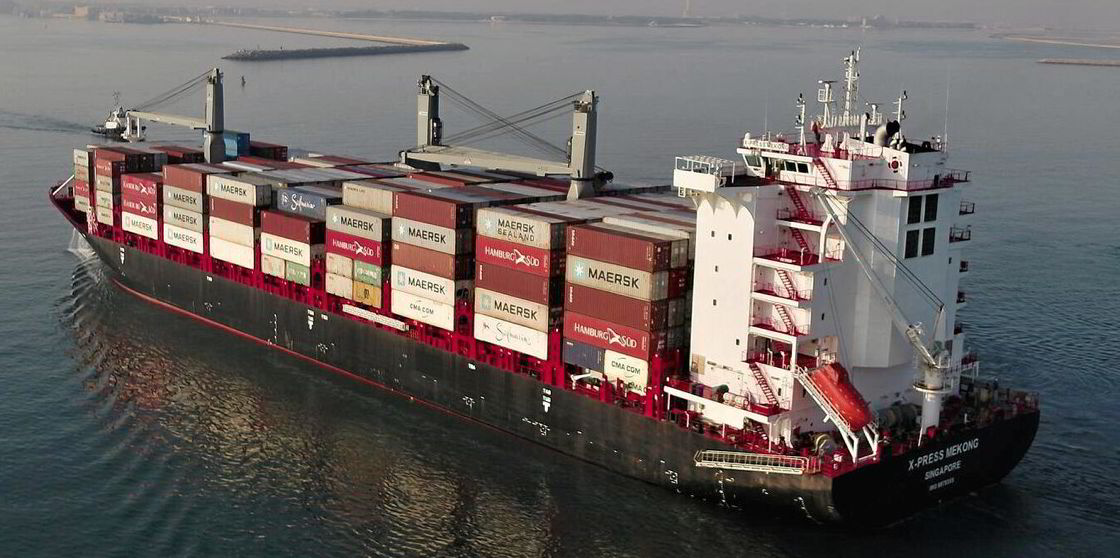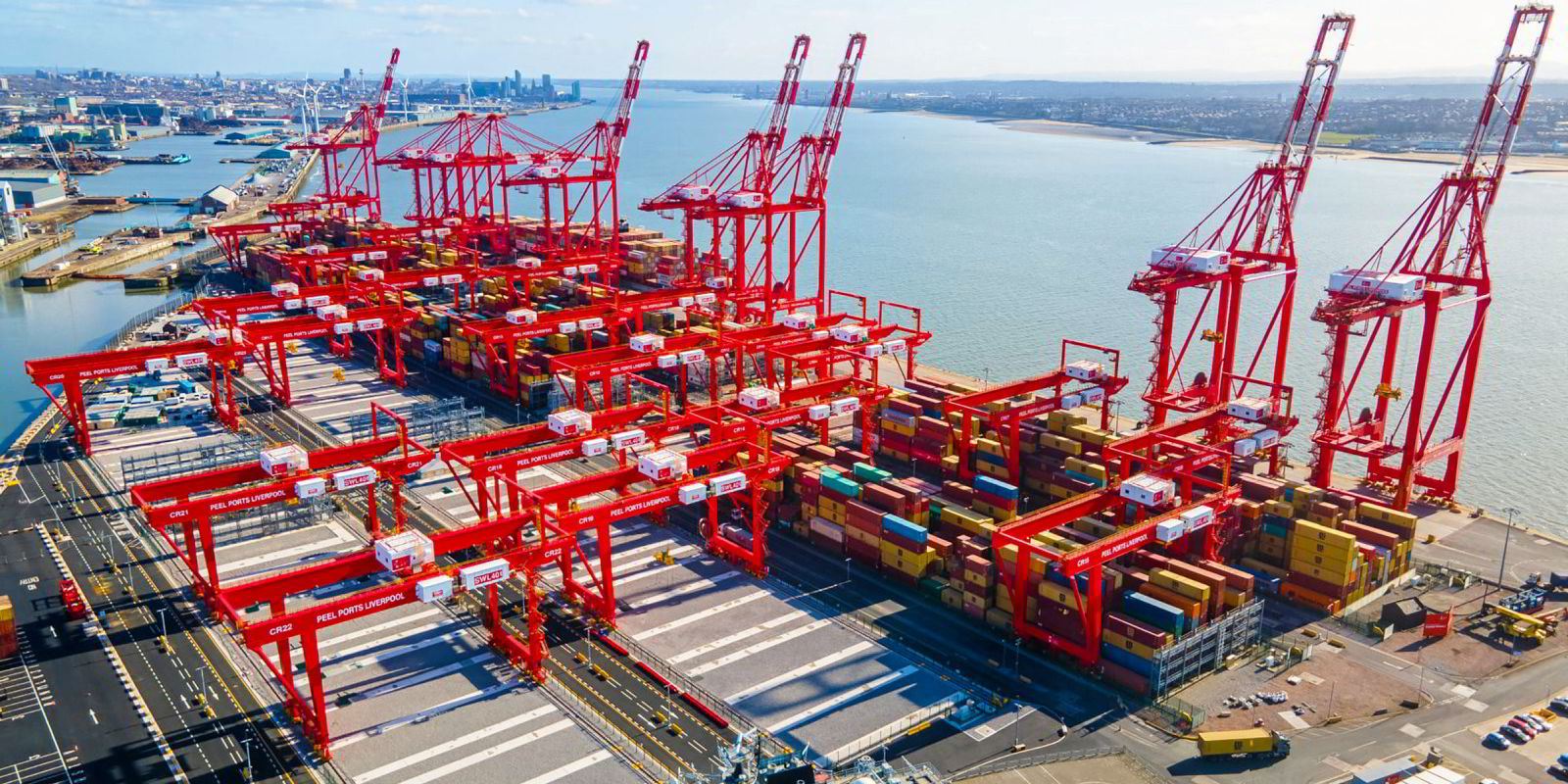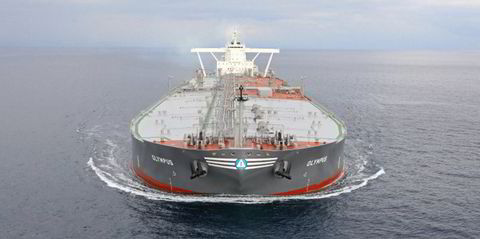Freight rates and charter durations for feeder containerships are coming under pressure following recent record levels, brokers report.
Clarksons Platou Securities said the sub-3,000-teu segment was the last of the containership segments to surge and see healthy term charter interest, and now it is the first to experience some elements of softness.
"Our container desk assesses six to 12-month charter rates for 2,500-teu vessels at $68,500 per day, down from last week's $70,000-per-day level and the peak in October of $73,000 per day," analysts Frode Morkedal and Omar Nokta said.
"Prior to 2021, this segment's previous all-time was around $40,000 per day in 2005 — thus current rates continue to be extremely strong from a historical perspective."
However, the two analysts said these rate assessments were not truly reflective of activity within the current market.
"Much of the volume in recent weeks and months has revolved around either spot voyages in excess of $150,000 per day, or two to three-year charters in the $35,000-per-day to $45,000-per-day range for feederships,” they said.
In its October container report, Toepfer Transport said it noticed a shift from away from longer-term charters towards 12-month charters at a higher rate.
"For example, a number of 1,700-teu containerships are now fixed for 12 months at around $50,000 per day instead of for three years at $30,000 per day," it said.
Toepfer Transport said charterers want to "avoid fixing for too long".
"For the foreseeable future, they should be able to manage with high charter rates, but the medium-term future over the next 2-3 years is unknown and — if they can — lines at least in the smaller sizes do not want to be stuck for too long with expensive ships," it said.
Toepfer Transport said there were probably several reasons why this was happening, such as a lack of profitability on the charters and reduced cargo volumes.
"Some of the freight forwarders who picked up ships for short-term charters at astronomical rates found it difficult to make money on these high charter rates when their chartered ships ended up waiting for 20 or 30 days on anchorage at the discharge ports," it added.
"Those extra waiting days eat heavily into their margins. Hence, in October, there were less of these short-term charters around, and those that were around had much reduced levels."
Toepfer Transport said it had also heard that the power outages and production cuts in China have resulted in cargo volumes starting to drop slightly.
"Assuming production lead times of 30-45 days from when the energy rationing to factories began, we are likely to see more pronounced export volume reductions in November than we have previously seen," it said.






